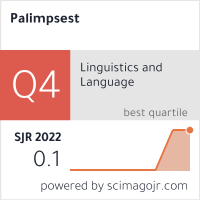DISTANCE LEARNING – DEVELOPMENT, TYPES AND TOOLS
DOI:
https://doi.org/10.46763/PALIM22713283hnAbstract
What are the key ingredients to learning? What happens when the traditional brick and mortar classroom is no longer an option? Can distance education (DЕ) replace the traditional one? What is distance education compared to online education? The paper answers the posed questions, defining distance education as happening using electronic media, or the Internet, while teachers and students not being at the same place, but working in the comfort of their home. Historically speaking, the roots of distance education can be traced back to the correspondence study as well as to the technological development. When talking about DE, we can differentiate between synchronous and asynchronous, which differ in one component. Synchronous DE is bound by time, implying that students and teachers work simultaneously and interactively. Asynchronous DE is not bound by time, implying that interaction occurs with a time delay. The paper focuses on the advantages and the disadvantages of these two forms of DE. It additionally considers tools such as Microsoft Teams, Zoom and Google Meet as the most suitable for synchronous DE as well as Moodle, Blackboard and Google Classroom as the most convenient for asynchronous DE.
Keywords: remote education; synchronous; asynchronous; video-conferencing; learning platforms.


